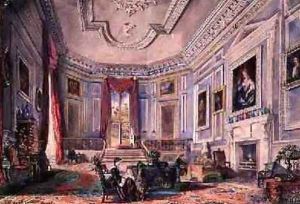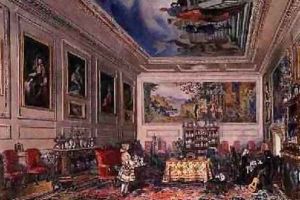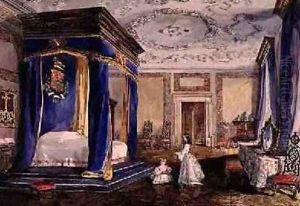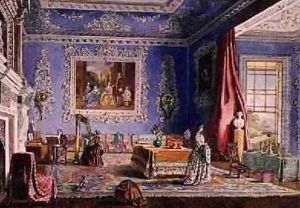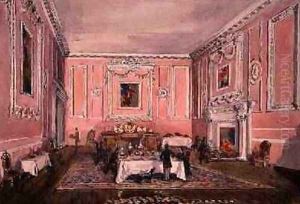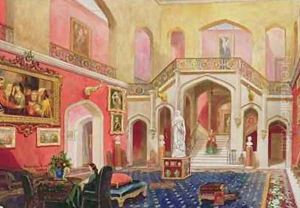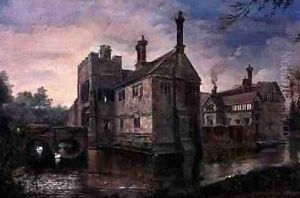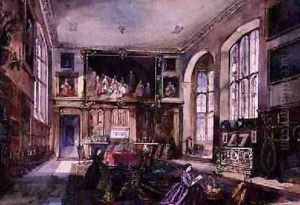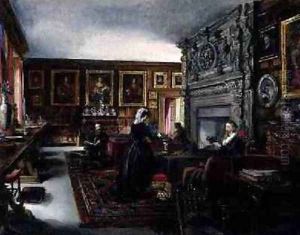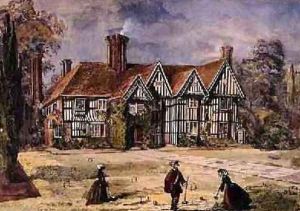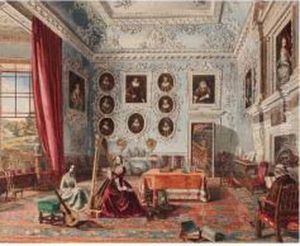Rebecca Dulcibella Orpen Paintings
Rebecca Dulcibella Orpen was a notable British artist and diarist of the Victorian era, whose life and work remain of interest to art historians and scholars of 19th-century British culture. Born in 1830, Orpen was not only a talented painter but also an influential figure in her social circles, often hosting and participating in gatherings that included many prominent individuals of her time.
Orpen's artistic talents were evident from a young age, and she received encouragement and support to develop her skills. She was known primarily for her portrait paintings and miniatures, which were highly regarded for their detail, sensitivity, and insight into the character of her subjects. Her works often reflect the Victorian fascination with history, literature, and the arts, and they provide a valuable insight into the aesthetic and social concerns of her era.
Throughout her life, Rebecca Dulcibella Orpen was closely associated with Baddesley Clinton, a historic manor house in Warwickshire, England. After her marriage to Marmion Edward Ferrers, a fellow artist and the owner of Baddesley Clinton, Orpen became deeply involved in the preservation and documentation of the manor and its history. Her paintings often feature the manor and its surroundings, capturing the beauty and tranquility of the Warwickshire countryside.
Orpen's diaries and letters, rich with observations about her daily life, artistic endeavors, and the society around her, provide a unique perspective on Victorian England. These writings, along with her paintings, contribute significantly to our understanding of the period's cultural and social milieu.
Rebecca Dulcibella Orpen's legacy extends beyond her artistic achievements. The preservation efforts she and her husband undertook at Baddesley Clinton have ensured that the manor remains a well-preserved example of Tudor architecture and a site of historical interest. She passed away in 1923, leaving behind a body of work that continues to be studied and appreciated for its artistic merit and historical significance.
